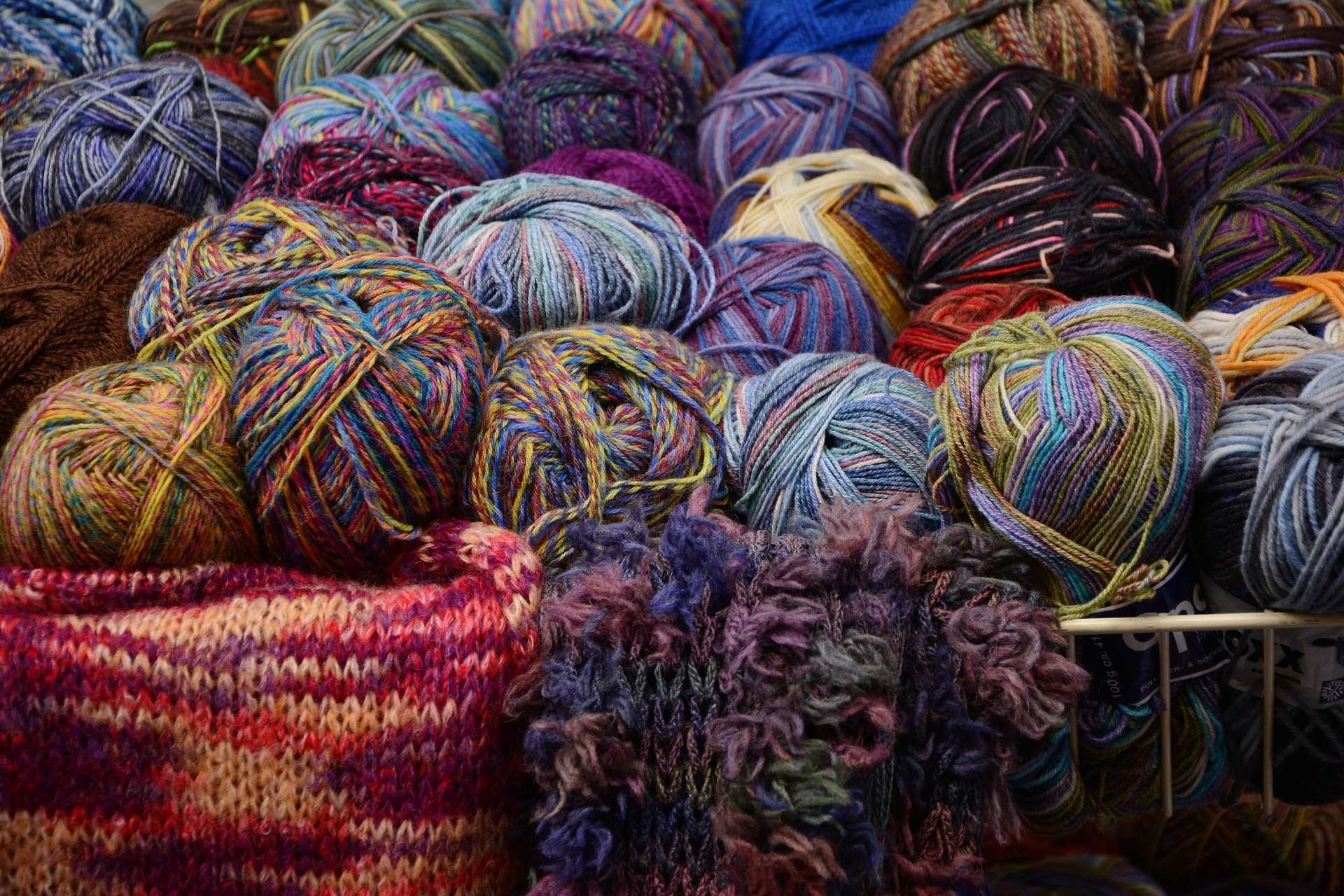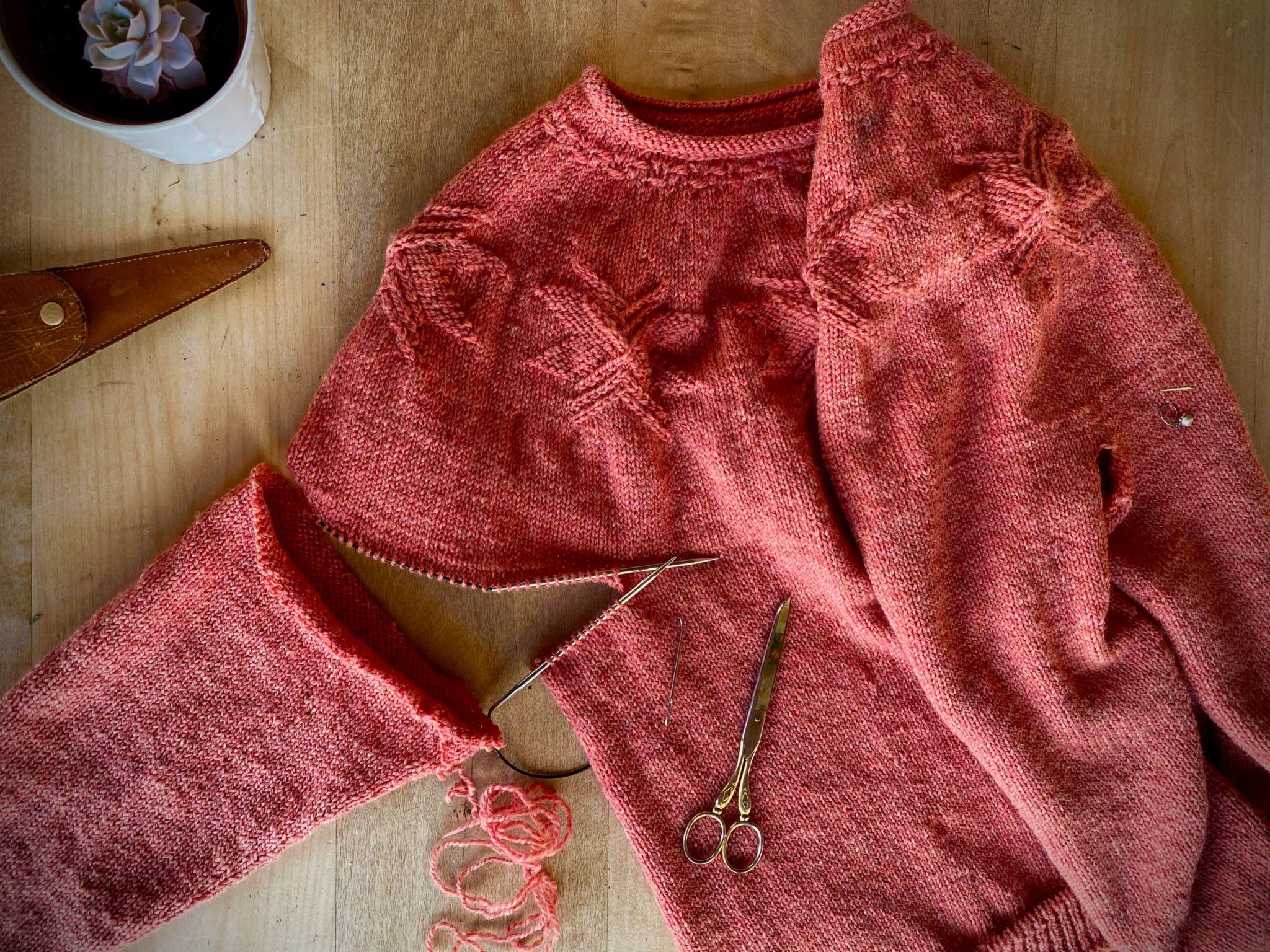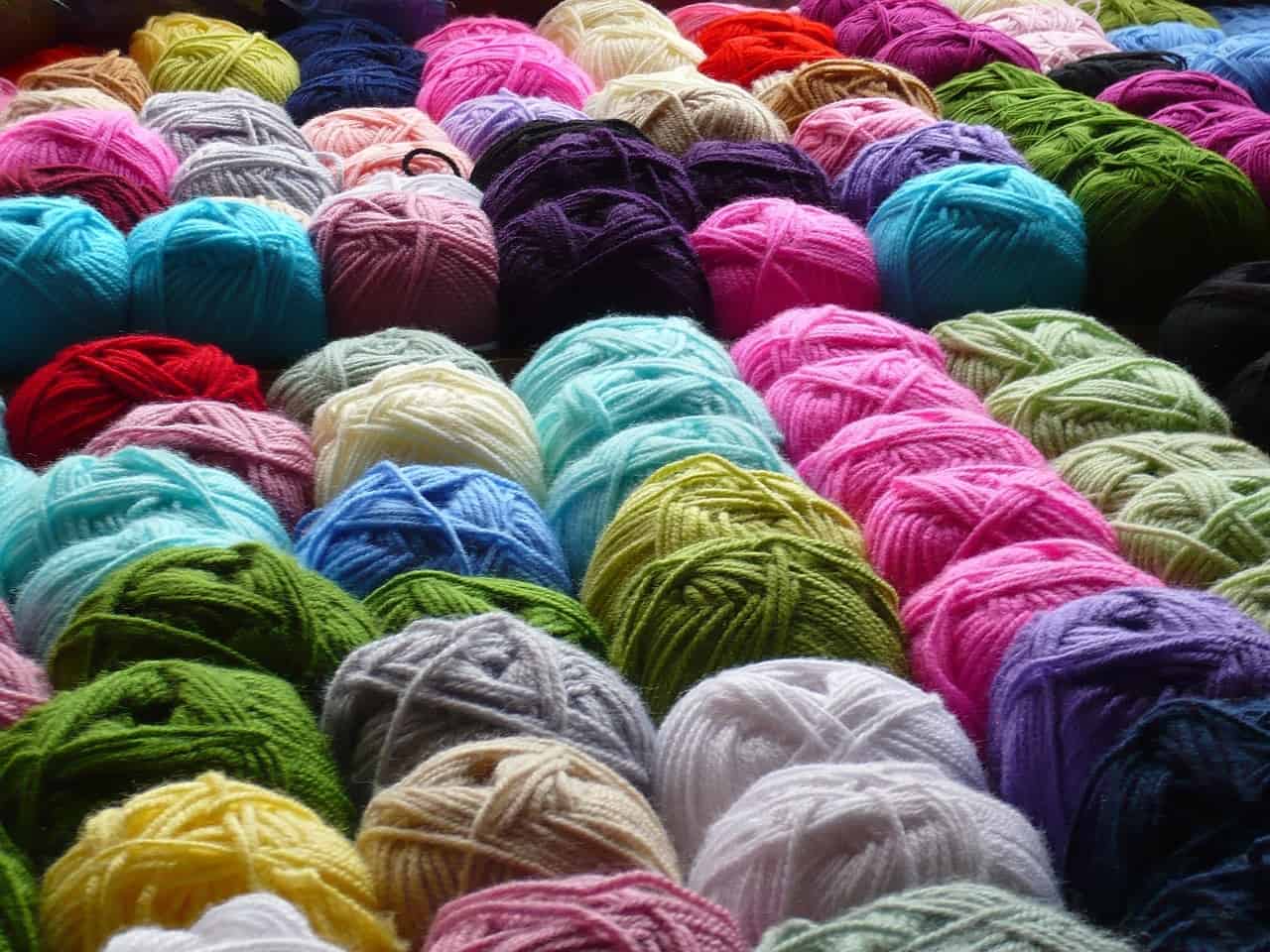
When you hear the word “wool,” you may be reminded of the itchy pullover that your mother had you wear every winter when you were younger. On the other hand, nothing could be further from the reality. In point of fact, the family of knits known as wool also includes more upscale materials which helps in the making of pure wool sweaters.
Therefore, before you walk out to the stores, we will go over everything you need to know in order to get you the most impressive sweater collection in the history of the world.
On fiber labels, it is simply labeled as “wool,” and its outside has a scaly appearance. These scales serve the purpose of protecting the fiber, but they also cause it to feel irritating. If it is not cared for properly, sheep’s wool can also experience shrinkage.
If you want to stay warm this winter without sacrificing your sense of style, you should look for the ideal pure wool sweaters. Sweaters made of pure wool are not only warm but also fashionable, making them a versatile option to wear anytime.
Table of Contents
Types of Pure Wool

The nine distinct varieties of wool that are described in this article are derived from the hair of various animals, and as a result, they each exhibit distinctive qualities.
1. Merino Wool
Merino sheep generate Merino wool. This sheep breed originated in Spain, but it’s most populous in Australia and New Zealand. It’s a silky wool that helps textiles maintain ideal body temperature.
Merino wool is often used in athletic and thermal wear because it can be worn in cold and warm situations while preserving body temperature.
2. Shetland Wool
Shetland sheep, from Scotland’s Shetland Isles, produce excellent knitting wool. These are fine-grade wool which is pleasant and durable. They come in many earthy tones.
3. Lambswool
Lambswool gets its name from being a lamb’s first shearing. Because each lamb only produces one ‘first shearing,’ this wool is more expensive. Lambswool is hypoallergenic, soft, and smooth. Lambswool is wrinkle-resistant, making it ideal for many clothing.
4. Mohair
Angora goats produce mohair which is long-lasting and drapey wool. Mohair weaving is usually plain. It’s soft, lightweight, and warm, and it sews well into suits, dresses, scarves, cardigans, and baby clothes.
5. Alpaca
This wool comes from an alpaca, as its name suggests. Peruvians utilized alpaca wool to make colorful ponchos and blankets. Huacaya and Suri alpacas both produce weaving-quality wool.
Huacaya wool is thicker and used for knitted clothes, while Suri wool is silky and woven. Luxury jackets, suits, blankets, and bedspreads are made from alpaca wool.
6. Camel Hair
Natural camel hair is a warm, golden brown, silky fiber. It’s usually blended with cheaper wool. The outer coat’s coarser hair is used for carpets and upholstery, while the undercoat’s softer hair is used for clothing.
7. Angora
Angora wool comes from Angora rabbits. It’s fluffy, supple, heat-retaining and is occasionally combined with other wools to make it more durable. Angora products are expensive.
8. Cashmere
Cashmere is naturally crimped, soft, lightweight, and expensive because the fibers are combed rather than sheared. Each goat produces little wool. Cashmere is less durable than sheepskin.
9. Vicuna
The vicuna is a camelid and llama related. The Inca valued this creature highly and only Inca royalty could wear vicuna wool, so this goes back centuries. The animal’s wool is prized because it’s only sheared once every three years.
Now that you know which wool to choose for your sweater, here is how you can buy a perfect fit.
How to Buy a Perfect Fit?

If you’re in the market for a new wool sweater, it’s important to find one that fits perfectly. Here are three tips to help you buy a perfect fit:
Start by taking a chest circumference measurement. You can use this as a good starting point to determine your size.
Consider your body type. Different people have different levels of body fat, so their sweaters might fit tighter around the waist or hips. If you’re not sure, ask someone else to help you measure.
Check the length of the sweater. Make sure it covers your hips and ends just below your knees. If it’s too long, you can always hem it yourself.
Additionally, let me provide you with some further knowledge and fascinating facts about wool. Here it is.
11 Amazing Things About Wool

Hey! Have you thought of some history or amazing facts about wool? If not, roll over to know some.
- Archaeologists in Egypt found clothes made of wool about 3,400 years ago. This shows that people have used wool since ancient times.
- Some people feel itchy when they wear wool because the wool fibers that make up the coat are not all the same thickness. The standard thickness of wool fibers is 28 microns.
- On the label of natural wool clothes, there is always a number after the letter S. They carefully measure, in microns, how thin the wire that goes into the finished product is. In the same way, you can find the letters “Super S” followed by a number on some labels which says that the best and purest quality wool has been used.
- Wool is made from the fibers of many different mammals, not just sheep. Clothes can be manufactured from the yarn that is spun from the fibers.
- Wool fibers today are between 16 and 40 microns thick and aren’t just used to make clothes. It also makes piano dampers and pads that soak up the liquid.
- It breaks down over time and can be used for things like fertilizing plants because it has 17 percent nitrogen.
- Wool can both soak up and push away water.
Pure Wool Sweaters: Benefits

It may come as a surprise, but researchers have known for a very long time that wool has elements that promote health. The experts feel that the therapeutic impact can be attributed to the light contact that is made with the skin. Because of this, the fine fiber helps to activate the blood capillary system, which ultimately increases the body’s natural capacity for healing.
Aside from some of its more problematic features, wool has other major benefits that are recognized both by those who use it for industrial properties and those who prefer handcrafted and organic clothes. These benefits include:
1. Water repellent. The ability of wool to effectively control moisture is due to the interaction that occurs between the two different fiber components that make up wool. The hydrophobic outer shell of the multilayer construction is water resistant. However, it does not prevent the passage of water vapor through the fiber.
Therefore, it is feasible for wool fibers to absorb around 30 percent of their weight in water without the wool acquiring a wet appearance or feel.
2. Mechanically capable of cleaning itself. Wool has a number of fiber-based qualities, one of which is that it can clean itself mechanically.
When water is taken in and then expelled, the filament trunk contains strands of two distinct types of fibers that are intertwined with each other like a liana. These strands expand to varying degrees depending on the amount of water that is taken in and then expelled. They were linked together firmly, and they set the wool fiber in motion.
Because the fiber is moving on its own, it can ward off dirt particles that are resting on its surface. These dirt particles are unable to travel deeper into the fiber; therefore, they remain just on the surface. Because of this natural process, wool does not become soiled as quickly as other materials.
3. Chemical decontamination on its own. Wool is renowned for its chemical self-cleaning capacity, which is also responsible for the comfort it provides. Because wool fibers have such a complicated physical and chemical structure, they are able to absorb or neutralize a wide number of different substances.
Wool has the ability to “destroy” foreign substances, whether they are hydrochloric or sulfuric acid, hazardous carbon compounds based on benzene, or the components of cigarette smoke. Because of this, even when wool garments are soiled, they do not give off a strong odor.
4. Neither flammable nor static-generating. Last but not least, wool does not burn and is naturally antistatic. A spark will immediately burn a hole through synthetic garments, but wool will not be damaged in this way. And anyone who has ever felt a “spark” when touching a metal door handle or had their hair stand up after putting on a blouse made of synthetic material knows how to appreciate the lack of static charge that wool possesses.
Wool does not attract or retain static charge in the same way that other materials do.
Bottom Line
The variety of wool fabrics is rather extensive, and they come in a wide variety of styles, patterns, and textures. Wool materials can be found in a wide variety of apparel and interior applications, but wool is most likely best known for its ability to keep wearers warm and cozy on chilly days.
So, this winter look no further than getting perfect pure wool sweaters. Whether you’re looking for a cosy cardigan to keep you warm on those chilly days or an elegant formalwear piece to wear on special occasions, wool would be your best choice!
This post was written by Kosha team member – Ayushi Jaiswal



